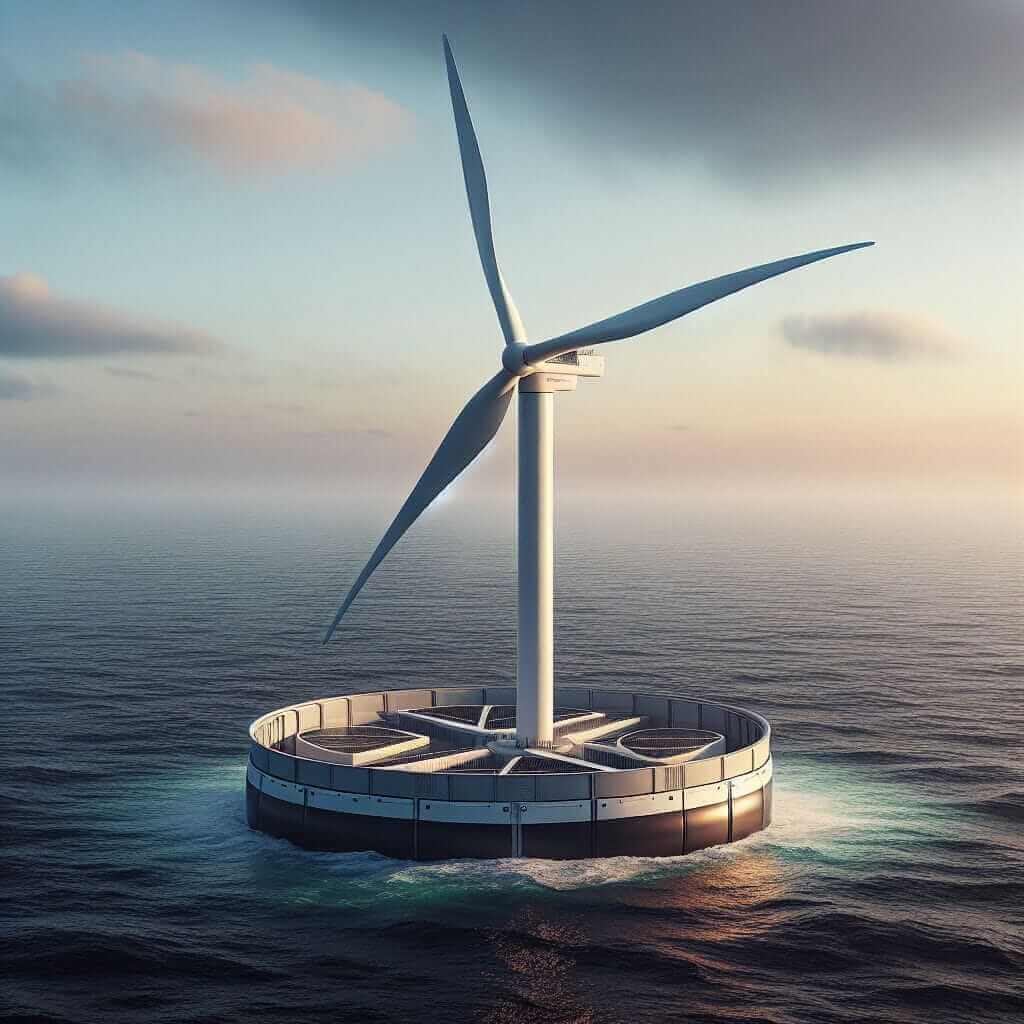The IELTS Reading section tests a variety of skills, including comprehension, inference, and the ability to identify detail and purpose within a text. One common theme in the reading passages is “Technological innovations in renewable energy,” a topic that is becoming increasingly relevant as the world shifts towards sustainable practices. In fact, it has appeared multiple times in past exams, indicating its significance. Given the current emphasis on environmental sustainability, it is likely to remain a popular topic in future IELTS exams.
Reading Passage
Title: Technological Innovations in Renewable Energy
Level: Medium Text
As the world grapples with the adverse effects of climate change, technological innovations in renewable energy have emerged as a beacon of hope. From harnessing solar power to the advancements in wind energy technology, the renewable energy sector is undergoing rapid transformation.
Solar Energy Innovations
Solar energy has seen tremendous advancements over the last decade. High-efficiency photovoltaic (PV) cells have revolutionized the industry, allowing more electricity to be generated from the same amount of sunlight. Traditional silicon-based PV cells are now being replaced with multi-junction cells, which utilize multiple layers to capture different segments of the solar spectrum. These multi-junction cells can achieve efficiency rates of over 40%, significantly higher than the 15-20% efficiency of older technologies.
Wind Energy Advancements
Wind energy has also seen remarkable innovations. Modern wind turbines are now designed with larger blades and advanced materials, increasing their efficiency and reducing costs. One of the groundbreaking technologies in this field is the floating wind turbine, which allows for the harnessing of wind power in deeper waters, where traditional turbines cannot be installed. Additionally, smart grid technology is being integrated with wind energy systems to optimize electricity distribution and reduce wastage.
Energy Storage Solutions
Storage has always been a significant challenge in the renewable energy sector because renewable sources like solar and wind are intermittent. However, recent technological advancements have addressed this issue. Lithium-ion batteries, commonly used in electric vehicles, are now being scaled up for grid storage. Moreover, researchers are developing flow batteries and hydrogen fuel cells, which offer longer storage durations and higher efficiency.
Environmental Impact
Technological innovations in renewable energy are steering the world towards a more sustainable future. By reducing dependence on fossil fuels, these technologies are mitigating the adverse effects of climate change. Not only do they reduce greenhouse gas emissions, but they also contribute to energy security and economic growth by creating jobs and reducing energy costs.

Questions
Multiple Choice
-
What is the primary advantage of multi-junction solar cells over traditional silicon-based PV cells?
- A) Lower cost
- B) Higher efficiency
- C) Easier installation
- D) Reduced environmental impact
-
How do floating wind turbines differ from traditional wind turbines?
- A) They are cheaper to install.
- B) They are installed in deeper waters.
- C) They have smaller blades.
- D) They produce more pollution.
True/False/Not Given
- Multi-junction cells can achieve efficiency rates of over 50%.
- Wind energy technology has made it feasible to harness energy in shallower waters.
Matching Headings
Match the following headings to the corresponding paragraph in the passage.
- A) Solar Energy Innovations
- B) Wind Energy Advancements
- C) Environmental Impact
- D) Energy Storage Solutions
Sentence Completion
Complete the sentences below using NO MORE THAN TWO WORDS from the text.
- ____ is now being integrated with wind energy systems to optimize electricity distribution.
- ____ offers longer storage durations and higher efficiency for energy storage.
Answers and Explanations
- B) Higher efficiency. Multi-junction solar cells are noted for their higher efficiency compared to traditional silicon-based PV cells.
- B) They are installed in deeper waters. Floating wind turbines are specifically designed to be placed in deeper waters where traditional turbines cannot be installed.
- False. Multi-junction cells can achieve efficiency rates of over 40%, not 50%.
- Not Given. The passage does not mention harnessing energy in shallower waters through wind energy technology.
Matching Headings
- Solar Energy Innovations: Paragraph 2
- Wind Energy Advancements: Paragraph 3
- Environmental Impact: Paragraph 5
- Energy Storage Solutions: Paragraph 4
Sentence Completion
- Smart grid technology is now being integrated with wind energy systems to optimize electricity distribution.
- Flow batteries offer longer storage durations and higher efficiency for energy storage.
Common Mistakes
- Misreading efficiency rates: Many students mistake percentages; always pay close attention to the figures provided.
- Confusion in Matching Headings: Ensure you understand the main ideas of each paragraph to accurately match the headings.
Vocabulary
- Photovoltaic (adj): /ˌfəʊ.təʊ.vɒlˈteɪ.ɪk/ – relating to the production of electric current at the junction of two substances.
- Intermittent (adj): /ˌɪn.təˈmɪt.ənt/ – not continuous or steady.
- Mitigate (v): /ˈmɪt.ɪ.ɡeɪt/ – to make something less severe or serious.
Grammar Focus
Use of Relative Clauses
- Who/That/Which: “Researchers who are developing flow batteries…”
- Example: Multi-junction cells, which utilize multiple layers to capture different segments of the solar spectrum, are highly efficient.
Tips for High IELTS Reading Scores
- Time Management: Allocate a fixed time for each passage.
- Read the Questions First: Understand what the questions demand before diving into the passage.
- Skimming and Scanning: Quickly skim the passage to get the gist and scan for specific information.
- Practice Regularly: Regular practice with different topics, especially trending ones like renewable energy, will help improve your reading skills exponentially.
By following these strategies and comprehending the nuances of each section, you will be well-prepared to tackle the Reading section in your IELTS exam.
For more insightful articles and practice tests on related topics, visit our other resources: